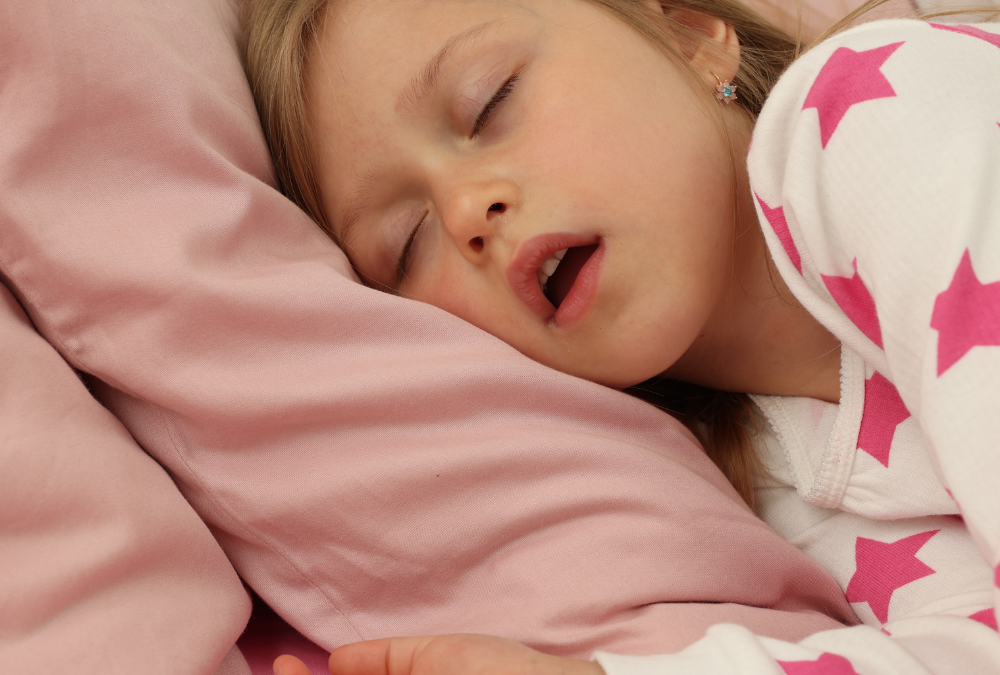Sleep is crucial for our health and well-being, yet many people — including kids — struggle with breathing problems at night. These issues can significantly impact our quality of sleep and overall health. In this blog post, we’ll explore the common types of sleep-disordered breathing, their symptoms, causes, and treatment options.
What is Sleep-Disordered Breathing?
Sleep-disordered breathing (SDB) is a term that encompasses a range of breathing problems that occur during sleep. The most common types of SDB include:
1. Obstructive Sleep Apnea (OSA)
OSA occurs when the airway becomes partially or completely blocked during sleep, leading to pauses in breathing. This can result in loud snoring, gasping, or choking sounds. OSA is often accompanied by daytime fatigue, irritability, and difficulty concentrating.
2. Central Sleep Apnea (CSA)
CSA is less common and occurs when the brain fails to send the proper signals to the muscles that control breathing. This results in temporary pauses in breathing during sleep. CSA is often associated with medical conditions such as heart failure or stroke.
3. Mixed Sleep Apnea
Mixed sleep apnea is a combination of both obstructive and central sleep apnea. It presents with symptoms of both types of apnea and can be more challenging to treat.
Symptoms of Sleep Disordered Breathing
The symptoms of SDB can vary depending on the type and severity of the condition. Common symptoms include:
- Loud snoring
- Pauses in breathing during sleep
- Gasping or choking sounds
- Daytime fatigue and sleepiness
- Morning headaches
- Irritability and mood changes
- Difficulty concentrating
Causes of Sleep-Disordered Breathing
Several factors can contribute to the development of SDB, including:
- Excess weight or obesity
- Narrow airways
- Smoking
- Alcohol or sedative use
- Family history of SDB
- Medical conditions such as heart failure or stroke
Treatment Options for Sleep-Disordered Breathing
Treatment for SDB depends on the type and severity of the condition. Common treatment options include:
- Lifestyle Changes: Losing weight, avoiding alcohol and sedatives before bed, and quitting smoking can help reduce symptoms of SDB.
- Continuous Positive Airway Pressure (CPAP): CPAP therapy involves wearing a mask connected to a machine that delivers a continuous air flow to keep the airway open during sleep.
- Oral Appliances: These devices are worn in the mouth during sleep to help keep the airway open.
- Surgery: In some cases, surgery may be recommended to remove excess tissue blocking the airway.
Ready to improve your child’s sleep? Contact us today!
Sleep-disordered breathing can significantly impact our quality of life and overall health. If your child is experiencing symptoms of SDB, it’s essential to speak with a healthcare professional. With the right diagnosis and treatment from our specialists at Kaelin Pediatric Dentistry, you can improve your child’s sleep and overall well-being.
